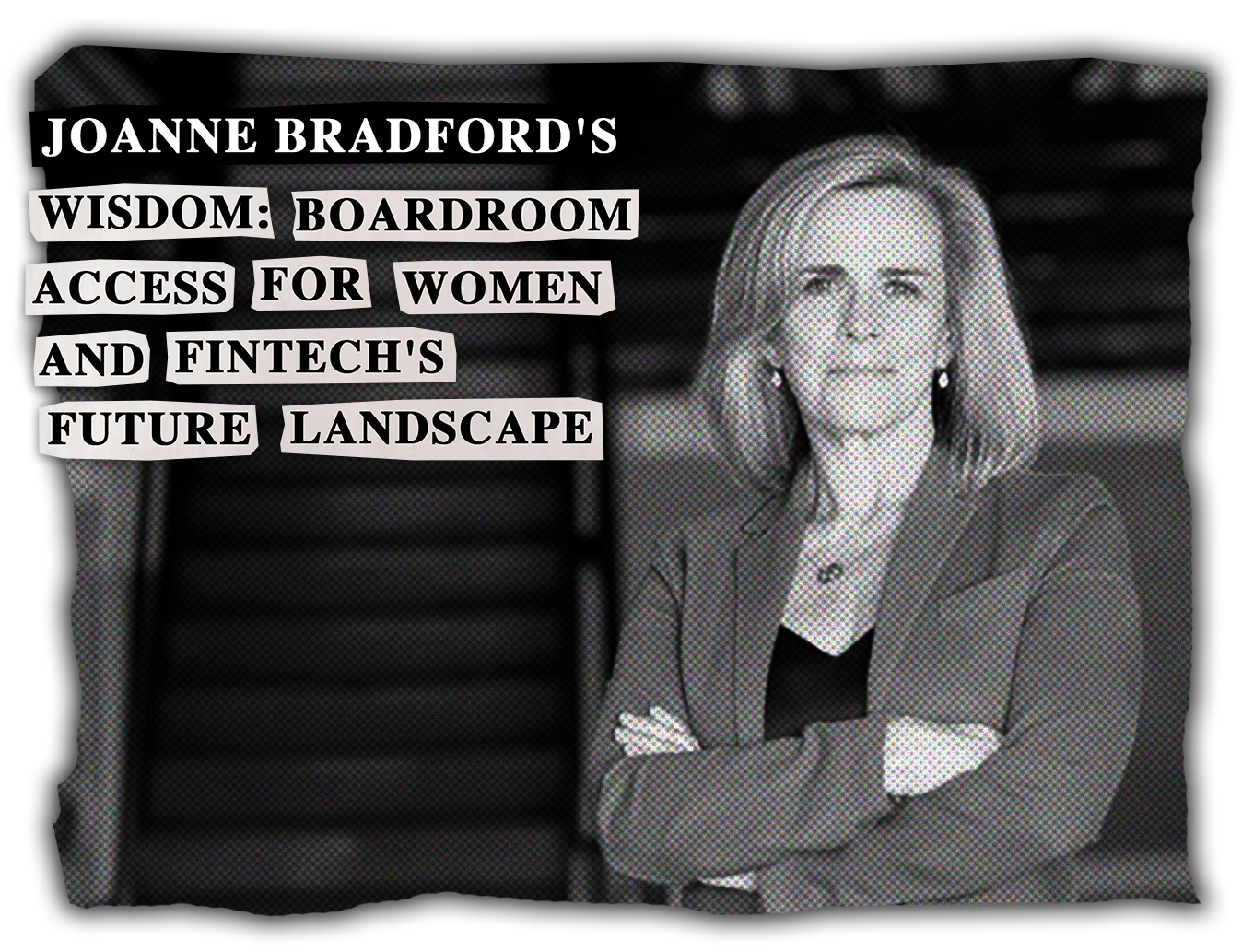The Future Landscape of FintechJoanne Bradford & Getting More Women Into The Boardroom - A Sit-down With Joanne Bradford D.F.A. #19
and How to Leverage Commercial Register To Acquire Institutional LPs Data Part 2
Spotlight on Joanne Bradford: Pioneering FinTech & Championing Women in Leadership
Joanne Bradford, a trailblazing figure in the tech and financial sectors, is currently a board member at Super and Kahoot!, but her transformative journey with Honey, a startup focused on automating online discounts, remains a standout chapter in her illustrious career. At Honey, she merged innovation with financial insight, setting new benchmarks for the industry. Prior to that, she served as COO and CMO of SoFi. I’ve been really excited to interview Joanne for a long time because of the tremendous impact the two companies she’s led have had on not only the startup ecosystem but, quite simply, the average American web user. Honey has over 10 million users worldwide, and so few executives can speak to fintech marketing in the way that Joanne can.
Beyond her professional acumen, Joanne’s a staunch advocate for wo…
Keep reading with a 7-day free trial
Subscribe to LP Blueprint to keep reading this post and get 7 days of free access to the full post archives.



